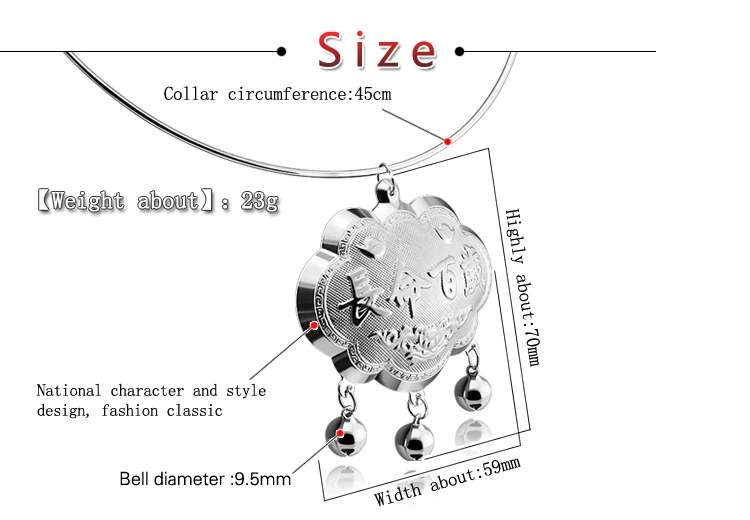
Yeni varış 925 ayar gümüş çocuk yaka kolye bebek dolunay hediye kazınmış kelimeler uzun ömürlü kilitler kolye kolye satış - Güzel Takı < www.munzurgidatarim.com.tr

Satın almak online Yeni gotik moda sevimli siyah ve beyaz bebek yarasa kadife yaka kolye kolye cadılar bayramı hediyeler kadınlar için ~ Takı & Aksesuar > Petapasta.com.tr

Stonefans bebek taklidi mektup gerdanlık bildirimi kolye kadınlar için moda takı tıknaz kristal yaka kolye parti hediye satış \ Kolyeler ve kolyeler - www.hooyo.com.tr

Linbaiway kadın gömlek dantel sahte yaka yanlış bebek yaka gömlek ayrılabilir yaka kolye şal kadın kıyafetleri aksesuarları satın almak online \ Giyim Aksesuarları | Cansanprefabrik.com.tr

Stonefans bebek taklidi mektup gerdanlık bildirimi kolye kadınlar için moda takı tıknaz kristal yaka kolye parti hediye satış \ Kolyeler ve kolyeler - www.hooyo.com.tr

Yeni varış 925 ayar gümüş çocuk yaka kolye bebek dolunay hediye kazınmış kelimeler uzun ömürlü kilitler kolye kolye satış - Güzel Takı < www.munzurgidatarim.com.tr



















